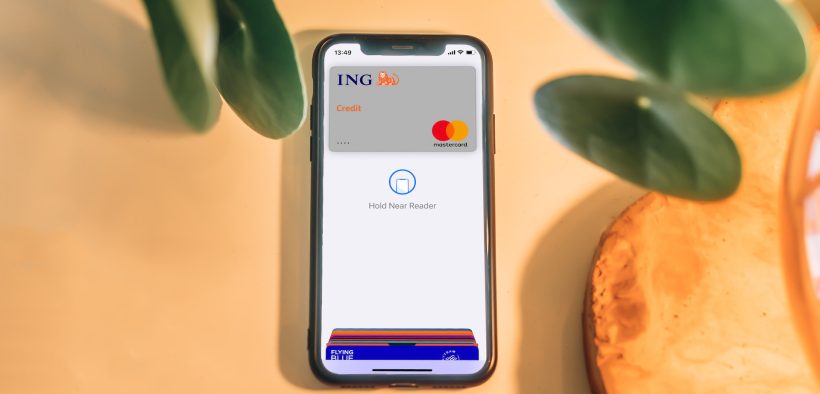Share

Waave’s Ben Zyl explores how open banking, consumer control of data generated by their banking activity, will impact Australian consumers.
Accepting payments was once the domain of financial decision-makers, but over the last 10 years payments have increasingly become known as the fifth ‘P’ of marketing, alongside price, product, promotion and place.
As our shopping habits have shifted online and our use of electronic payment methods has overtaken cash, payments are no longer a static transactional step, but a vital pillar of the customer journey. Customers want as much choice in how they pay as they do in what they’re actually buying.
As marketers begin to map out their 2024 strategies, the payments journey cannot be ignored. If you’re thinking that means adding another ‘Buy Now Pay Later’ button, think again. This space is moving quickly, and so are customer expectations.
Open banking will transform payments in 2024
Open banking is a term that has been in use for some time, but consumers are only just becoming aware of how it will impact their lives. In 2024, expect this awareness to accelerate rapidly.
In Australia, open banking is a new-ish policy that gives consumers the ability to share their banking data with third parties that have been accredited by the ACCC (Australian Competition and Consumer Commission), in exchange for relevant benefits.
In the world of payments, there are so many potential upsides to this – from being able to use your financial data to scan and recommend potential mortgage options, to accessing financial analysis products that show you what you’re really spending. In the world of payments, the great benefit of open banking is the ability to connect consumers directly and securely with their bank.
In these uncertain times, consumers are more inclined than ever to use ‘real money’. In a recent national study, nearly all Australians (98 percent) stood by cash as the most trusted payment method. A similar number (96 percent) also trust debit cards; however, 13 percent of Australians don’t trust credit cards ‘at all’, and close to one-third (30 percent) lack trust in ‘Buy Now Pay Later’ options. Now, we know we’re not going back to physical cash. Open banking, however, is the best of both worlds, offering simple, fast, real money payments at a click. It is meeting consumers where they are – no cards, no middleman fees and no entering or divulging card details.
In Europe, where open banking was pioneered, disruptive technology companies are already delivering what the ‘big guys’ won’t. According to a Statista report, the growth of open banking has been so rapid that Europe is expected to see nearly 64 million users in 2024. That’s an increase of over 400 percent in just four years.
In Australia, it’s a matter of months, not years, before open banking payment methods like Waave’s Pay by Bank will emerge. Marketers need to be thinking about this, and considering what today’s consumers need. Do they want more debt, fees and cumbersome payment journeys? Probably not.
Getting the best payment CX at the lowest cost
The other reason to start looking at open banking is cost. In theory it’s great CX (customer experience) to offer every possible digital wallet, but this comes at a cost and, in today’s economy, marketing budgets are squeezed.
As most Australian businesses would attest, receiving payments has become a costly business – to the tune of around $3 billion annually in fees and chargebacks.
For a long time, the cost of payments has been accepted as part of the price of conducting business. Everyone involved in the payments system – from major card schemes, to banks, to Apple – have remained quiet on open banking because they all profit from existing payment systems. They like sending merchants a large bill, so there’s no incentive to innovate in this space.
As more companies invest in open banking for payments, not only will they save money and improve their CX, they will also place market pressure on the bigger end of town to innovate faster.
Building trust
Making your brand ‘sticky ‘is the goal for most marketers these days. Customer expectations are sky high, but loyalties are paper thin. Creating that stickiness comes down to trust.
As marketers looking at the payments journey, it’s one thing to consider the bells and whistles, but another to think about trust. Payments need to meet customer standards around authenticity and security.
To use open banking for payments means registering for the ACCC’s Consumer Data Right (CDR), and this requires huge regulatory hurdles. Open banking is undoubtedly the most secure payments framework. Consumers will have peace of mind that they are connecting directly to their bank and not handing over personal details to third parties. This is a huge selling point in today’s threatening cyber landscape.
For now, consumers will use the payment methods on offer out of necessity, but open banking is coming. Expect 2024 to be the year payments change. Marketers that prepare now have an opportunity to delight their customers and improve their bottom lines during tough times.
Ben Zyl is CEO and co-founder of Waave.















